Parts Of A Drainage System
Parts of a drainage system. Storm drain inlets are the openings that allow stormwater to flow into a storm drainage system. Closed drain forms a complex network underground. Analyze the economic feasibility of installing a drainage system to ensure that the predicted net return will offset the initial cost.
The subsurface field drainage systems consist of horizontal or slightly sloping channels made in the soil. When in place the road-drainage system can consist of. A step-by-step process To install a drainage system follow these steps.
They are often hidden behind the walls. A vertical pipe where water goes through from gutters and roof catchments to the drainage. They are basically provided parallel to the road surface only when the designed depth of the side drains is less and the road is subjected to light traffic.
A plumbing system consists of three parts. The primary refuse from individual areas is collected and transported to the main network which finally goes to a treatment plant. The pipes and fittings are essentially the skeleton of your plumbing system.
Installing a relief drainage system. The lowest part of a home drainage system this pipe receives the discharge from soil waste and other drainage pipes and then carries such discharge to the house sewer. A grate covering to a drain at the low point of a road swale or another drainage site.
Some of the common drainage parts we will be discussing here are. A safe adequate drainage system. B side drains that channel the water along the road.
They can be open ditches trenches filled with brushwood and a soil cap filled with stones and a soil cap buried pipe drains tile drains or mole. The main elements of a drainage system are the regulating protective and conducting networks which make up the drainage network.
A grate covering to a drain at the low point of a road swale or another drainage site.
Parts of a Sanitary Drainage System SPECIAL DEVICES House Sewer House Drain House Trap Fresh-air inlet Soil and Waste Stacks Fixture Branches Traps Vents Parts of a Sanitary Drainage System ESSENTIAL COMPONENTS. The subsurface field drainage systems consist of horizontal or slightly sloping channels made in the soil. They are often hidden behind the walls. An outlet which is the point where the drainage water is led out of the area. Catch basins both lawn and street trench ditches interceptors. And d mitered turn-out drains that divert water to the land adjacent to the road. A grate covering to a drain at the low point of a road swale or another drainage site. The primary refuse from individual areas is collected and transported to the main network which finally goes to a treatment plant. Luckily there are a few characteristics that make it easy to identify them.
The outer surface of the chamber has a write-on surface to document the date time and amount of fluid. And ample fixtures and equipment. The chamber is calibrated to measure the drainage. Branch Drain lines they run horizontally and connect fixture drain traps to main drain lines. A grate covering to a drain at the low point of a road swale or another drainage site. The primary refuse from individual areas is collected and transported to the main network which finally goes to a treatment plant. There are many inter-relationships within this system.








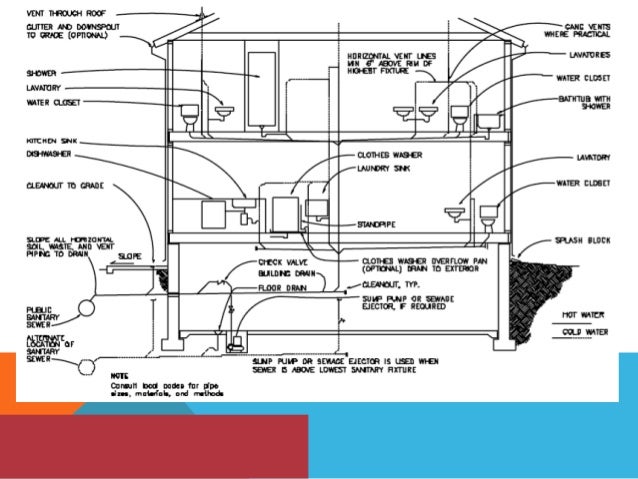






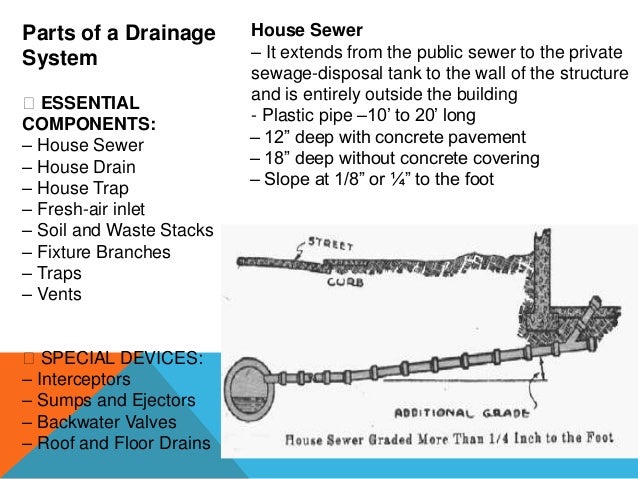
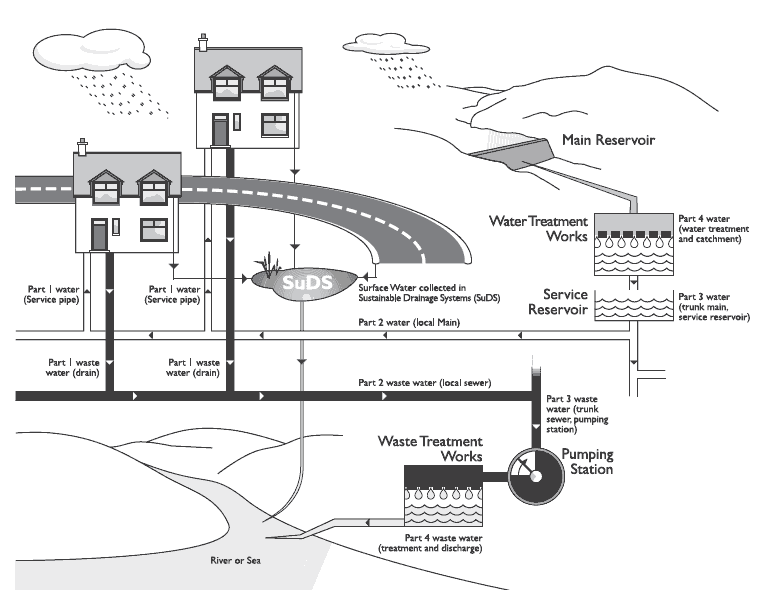







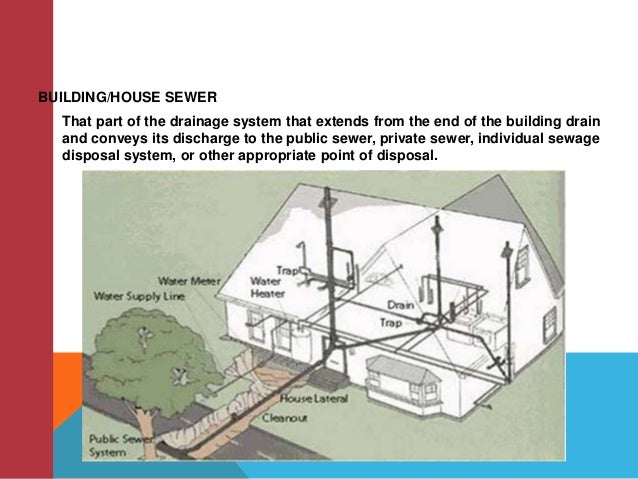



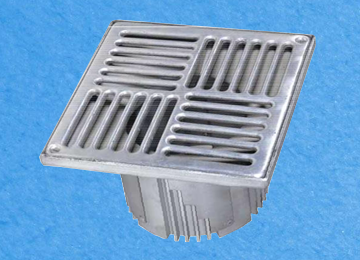
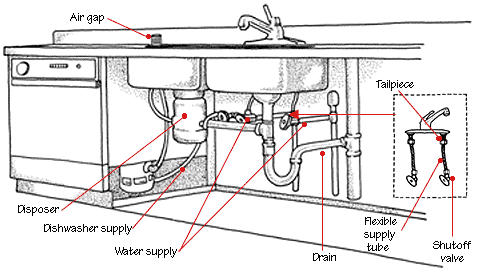


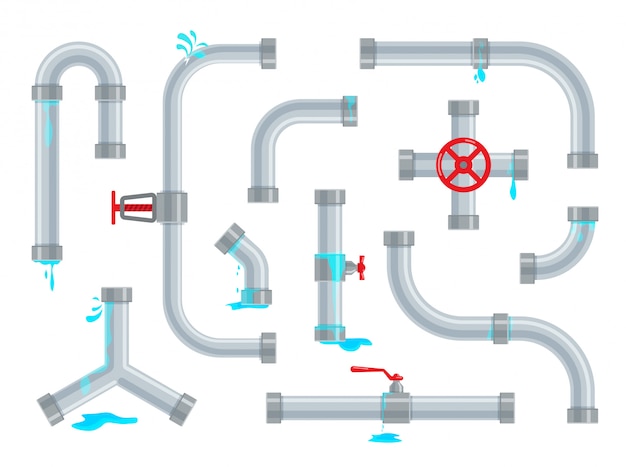



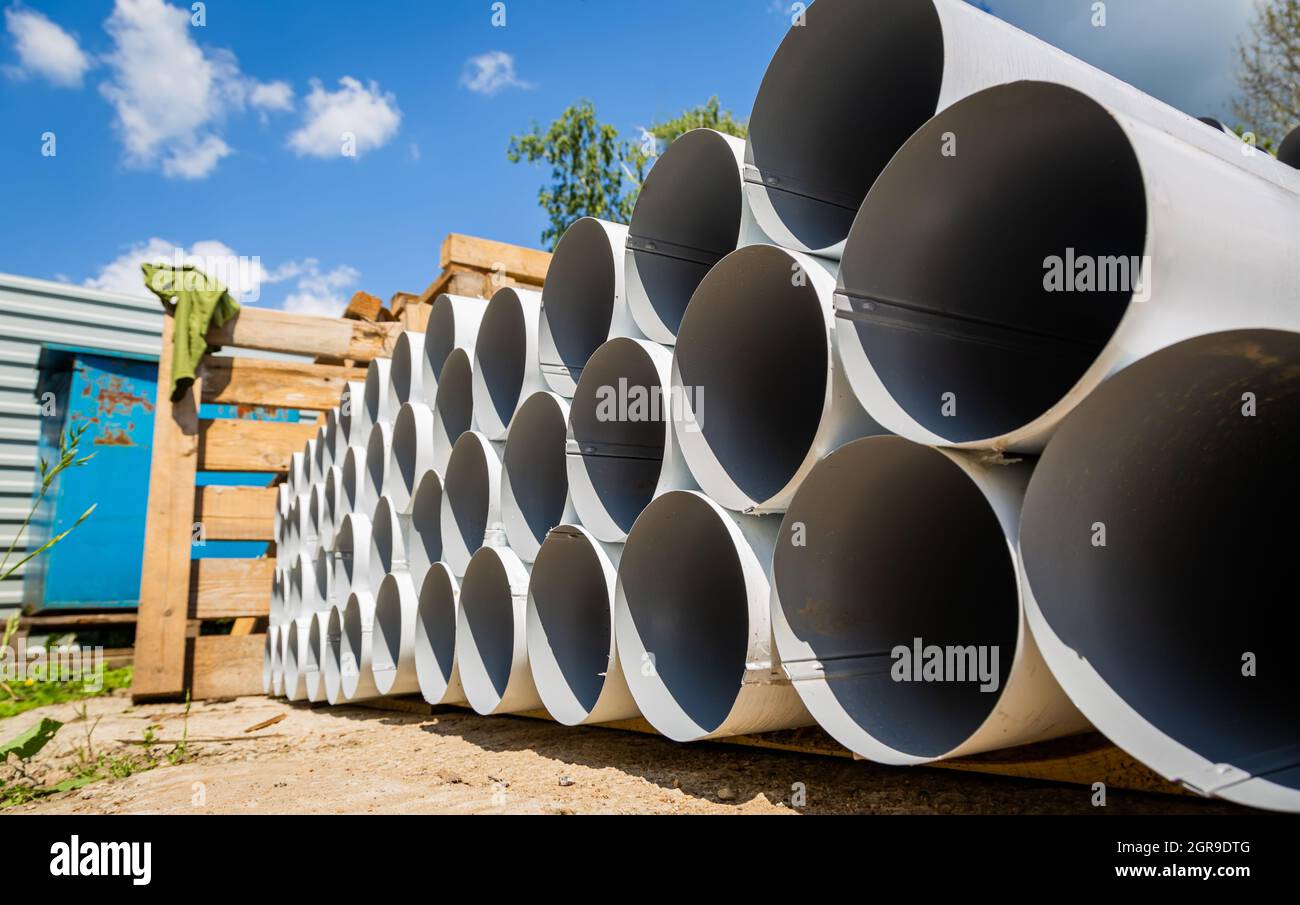




Post a Comment for "Parts Of A Drainage System"